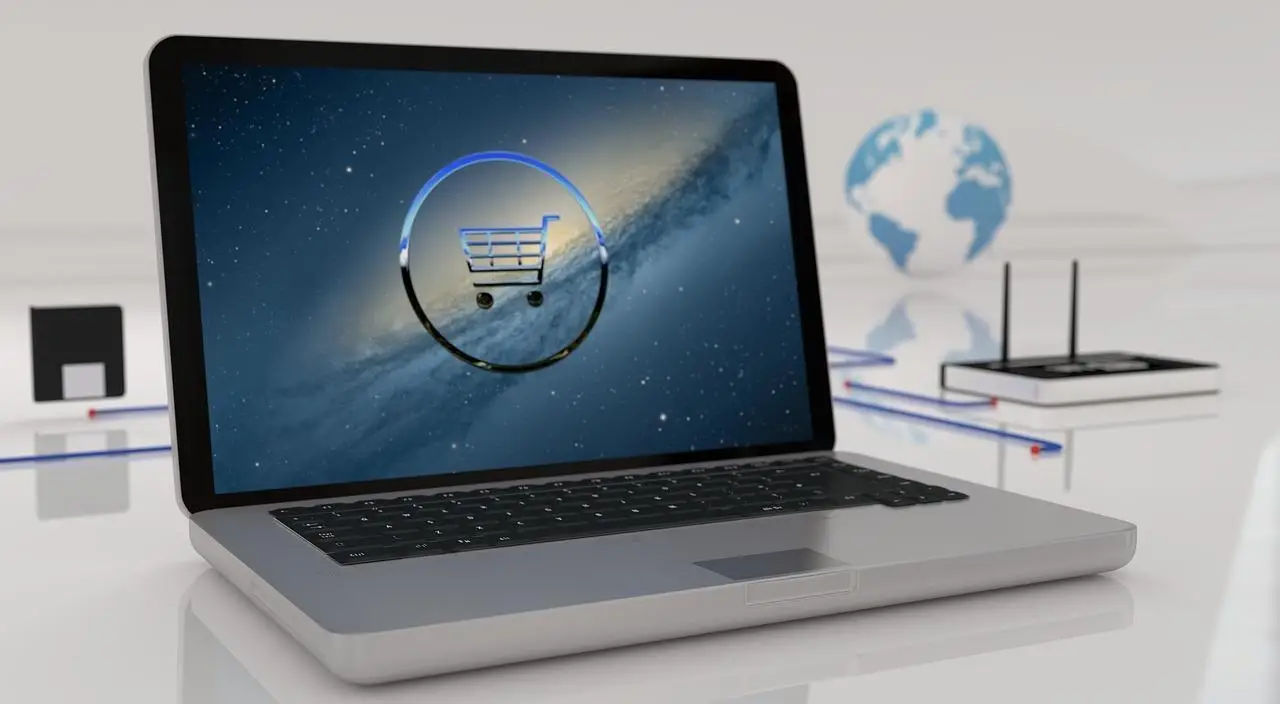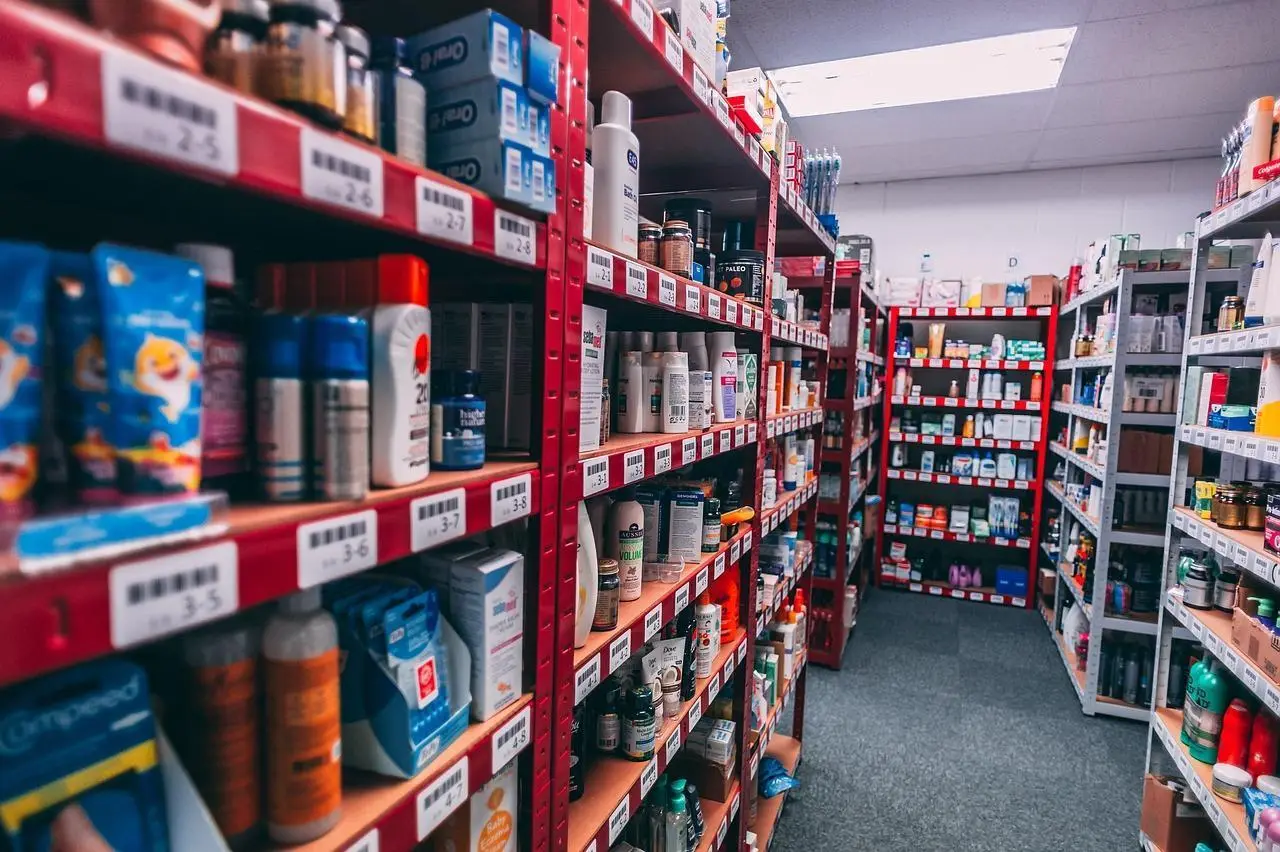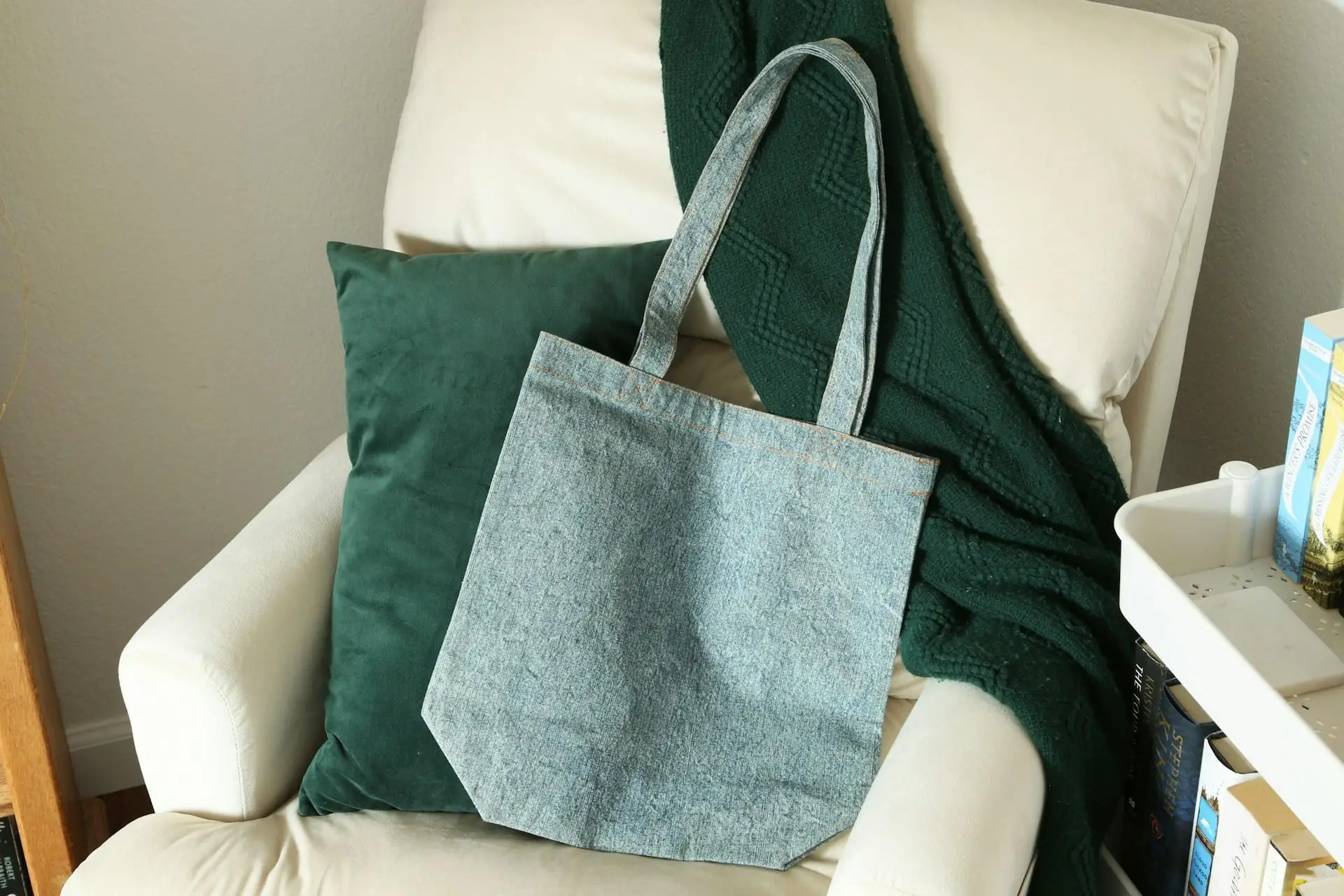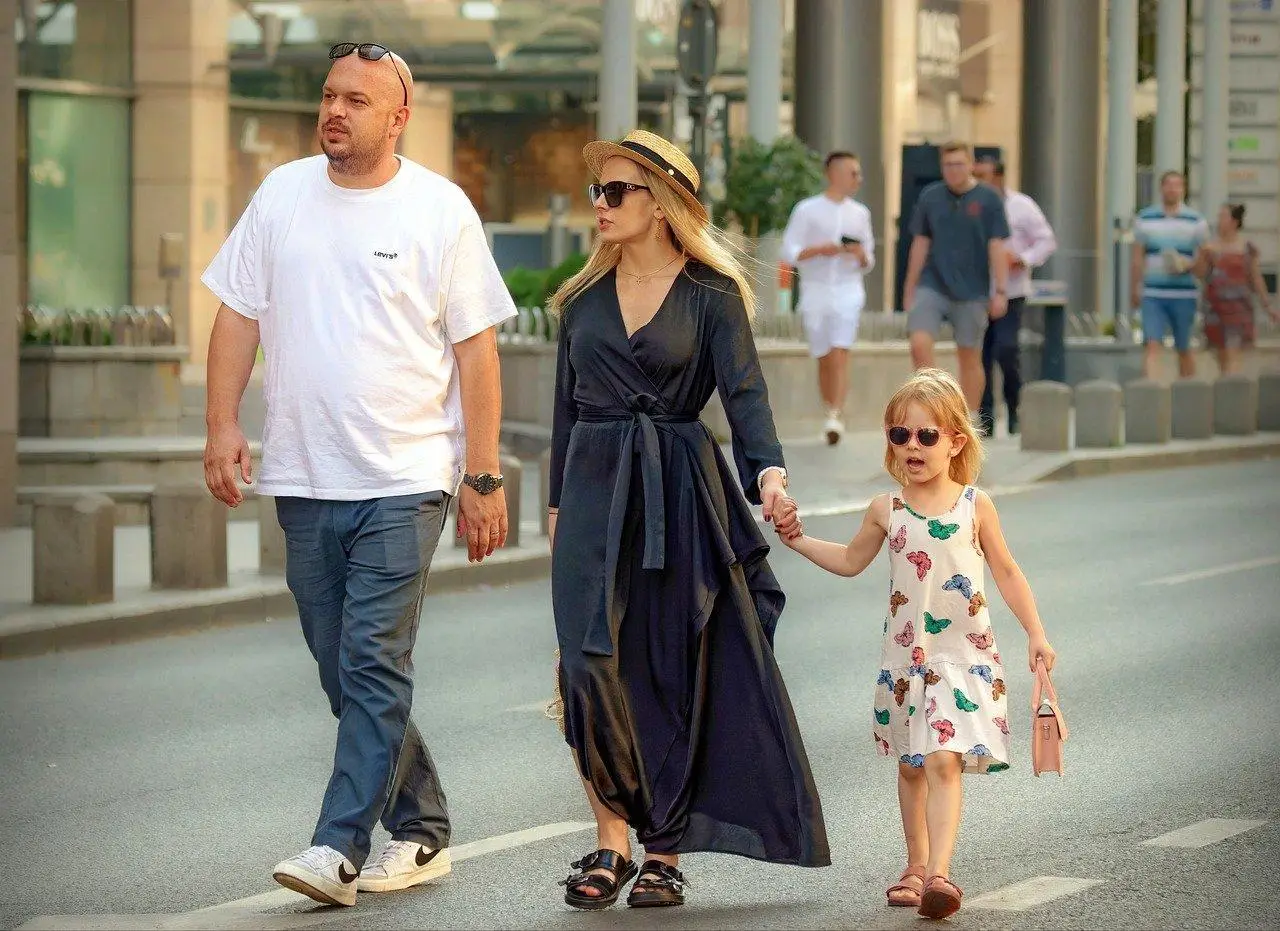What the Rise of Secondhand Ecommerce Means for the Future of Retail
The retail landscape is undergoing a significant transformation, driven by the rapid growth of secondhand ecommerce. Consumers are increasingly turning to platforms that offer pre-owned goods, drawn by affordability, sustainability, and unique product offerings. This shift is reshaping how people shop and challenging traditional retail models. As secondhand ecommerce continues to expand, its impact on the future of retail is becoming impossible to ignore.
In this article, we will explore the factors fueling the rise of secondhand ecommerce, its implications for the retail industry, and how businesses can adapt to this growing trend.
The Growth of Secondhand Ecommerce: A New Era for Retail
Secondhand ecommerce has grown exponentially in recent years, driven by changing consumer behaviors and advancements in technology. According to industry reports, the global secondhand market is expected to reach $350 billion by 2030, with online platforms accounting for a significant portion of this growth.
Several factors contribute to this rise:
- Digital platforms: Online marketplaces like ThredUp, Poshmark, and Depop make it easier than ever to buy and sell pre-owned items.
- Consumer awareness: Shoppers are becoming more conscious of the environmental impact of fast fashion and overproduction, leading them to seek sustainable alternatives.
- Economic pressures: The affordability of secondhand goods appeals to budget-conscious consumers, especially during times of economic uncertainty.
As secondhand ecommerce becomes mainstream, it is redefining the retail landscape and creating new opportunities for both consumers and businesses.
Sustainability and the Appeal of Circular Fashion
One of the primary drivers behind the rise of secondhand ecommerce is sustainability. Consumers are increasingly prioritizing eco-friendly shopping habits, and secondhand platforms align perfectly with this shift.
- Reducing waste: Buying pre-owned items extends the lifecycle of products, keeping them out of landfills and reducing the demand for new production.
- Lower carbon footprint: Secondhand goods require no additional resources for manufacturing, making them a more sustainable choice.
- Promoting circularity: Secondhand ecommerce supports a circular economy, where products are reused, recycled, or repurposed instead of discarded.
By embracing secondhand shopping, consumers can make more environmentally responsible choices, which is becoming a key consideration in modern retail.
The Role of Technology in Driving Secondhand Ecommerce
Technology has been a critical enabler of the secondhand ecommerce boom. Innovations in digital tools and platforms have made it easier for consumers to buy and sell pre-owned items, creating a seamless and convenient shopping experience.
- AI-powered recommendations: Advanced algorithms help buyers discover items that match their preferences, improving the overall user experience.
- Mobile apps: Platforms like Vinted and Depop provide intuitive, mobile-friendly interfaces that encourage on-the-go shopping.
- Authentication and quality control: Technologies like blockchain and AI are being used to verify the authenticity of high-value secondhand items, such as luxury handbags or watches.
With technology continuing to evolve, the secondhand ecommerce market is poised for further growth, offering even more sophisticated solutions for buyers and sellers.
Changing Consumer Perceptions of Secondhand Goods
Historically, secondhand shopping was often associated with thrift stores or lower-quality items. However, consumer perceptions have shifted dramatically, with secondhand goods now viewed as stylish, sustainable, and economically savvy.
- Luxury resale: Platforms like The RealReal and Vestiaire Collective have popularized the resale of high-end fashion, making secondhand luxury both accessible and desirable.
- Unique finds: Shoppers are drawn to the individuality of secondhand items, which often include vintage or one-of-a-kind pieces.
- Social influence: The rise of social media and influencers has helped normalize and even glamorize secondhand shopping, particularly among younger generations.
As secondhand ecommerce gains cultural acceptance, it is becoming a preferred choice for a growing number of consumers across all demographics.
How Secondhand Ecommerce Challenges Traditional Retail
The rise of secondhand ecommerce poses significant challenges to traditional retail models. As consumers increasingly opt for pre-owned goods, retailers must adapt to stay competitive in a rapidly changing market.
- Decreased demand for new products: Secondhand platforms provide an alternative to buying new, potentially reducing sales for traditional retailers.
- Shifting consumer loyalty: Shoppers who prioritize sustainability may favor secondhand platforms over conventional brands.
- Price competition: The affordability of secondhand goods puts pressure on retailers to offer competitive pricing without compromising quality.
To remain relevant, traditional retailers must find ways to integrate secondhand offerings or align their business models with the values driving this trend.
Opportunities for Retailers in the Secondhand Market
While the rise of secondhand ecommerce presents challenges, it also offers opportunities for retailers willing to innovate. By embracing the secondhand trend, businesses can attract new customers, enhance their sustainability credentials, and tap into a lucrative market.
- Launching resale programs: Many major retailers, such as Patagonia and Levi’s, have introduced buyback and resale initiatives to capitalize on the popularity of secondhand shopping.
- Collaborating with platforms: Partnering with established secondhand marketplaces allows retailers to reach a broader audience and diversify their revenue streams.
- Highlighting sustainability: Retailers can use secondhand offerings to showcase their commitment to sustainability, strengthening their brand image and appeal.
By proactively engaging with the secondhand market, retailers can turn a potential threat into a growth opportunity.
The Role of Secondhand Ecommerce in Shaping Consumer Behavior
Secondhand ecommerce is not just reshaping the retail industry—it is also influencing how consumers think about shopping. As more people embrace secondhand goods, they are adopting values and behaviors that prioritize sustainability, affordability, and individuality.
- Conscious consumption: Shoppers are becoming more mindful of their purchasing decisions, seeking products that align with their values.
- Reduced stigma: The growing popularity of secondhand platforms is helping to normalize pre-owned shopping, making it a mainstream choice.
- Focus on quality: Consumers are prioritizing durable, high-quality items that can be resold or reused, shifting away from disposable culture.
These changes in consumer behavior are likely to have a lasting impact on the retail industry, influencing everything from product design to marketing strategies.
What the Future Holds for Secondhand Ecommerce and Retail
The rise of secondhand ecommerce is more than just a passing trend—it represents a fundamental shift in the retail landscape. As consumers continue to prioritize sustainability, affordability, and unique shopping experiences, the secondhand market is expected to grow even further.
Key predictions for the future include:
- Increased adoption by major brands: More retailers are likely to launch resale programs or partner with secondhand platforms to stay competitive.
- Technological advancements: Innovations in AI, blockchain, and mobile commerce will further enhance the secondhand shopping experience.
- Greater focus on sustainability: The secondhand market will continue to drive awareness around sustainable shopping practices, influencing the broader retail industry.
Ultimately, the rise of secondhand ecommerce is not only transforming how people shop but also challenging retailers to rethink their strategies and adapt to a more conscious and connected consumer base.










